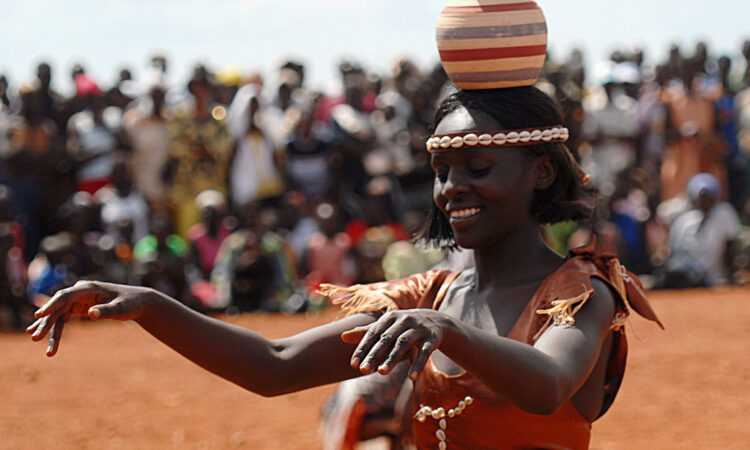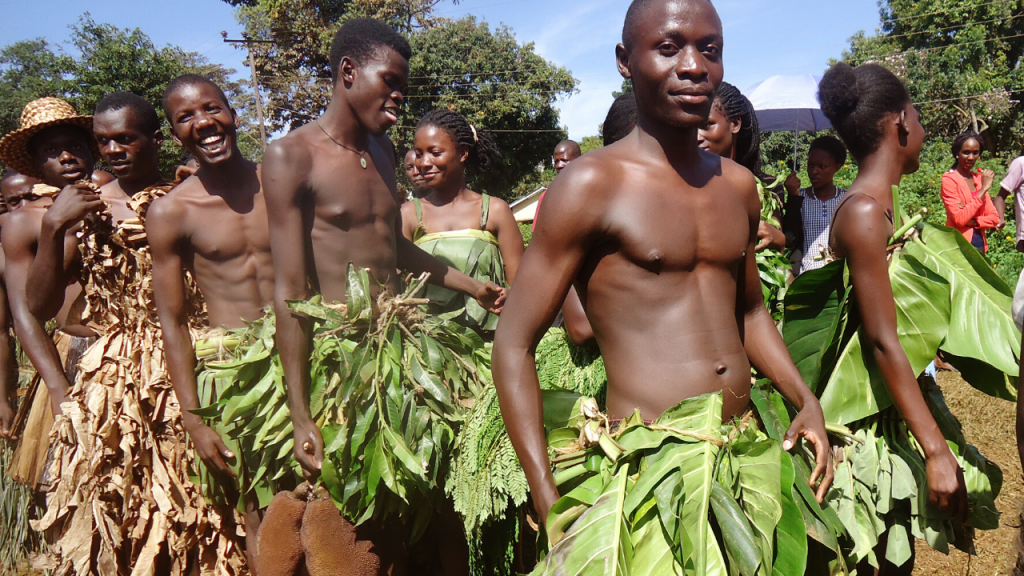How Many Tribes Are In Uganda
How Many Tribes Are In Uganda? Uganda, originating from the old Buganda kingdom, was initially occupied by the British between 1890 and 1926. This country is situated in the Eastern region and the western Great Rift Valley of East Africa, sharing borders with Rwanda and Kenya to the east, Tanzania to the south, South Sudan to the north, and the Democratic Republic of Congo to the west. The inhabitants of Uganda were initially Stone Age people, who were progressively supplanted in the first millennium A.D. by migrants who practiced agriculture and pastoralism. The country is home to approximately 50 ethnic and cultural groups, which can be conveniently categorized into four distinct groups as outlined below:

The Batwa people.
The Batwa people were among the earliest groups to inhabit Uganda, and they are recognized for comprising over 50% of the nation’s population. The Bantu tribes predominantly inhabit the central and western regions of the country, specifically in districts such as Mbarara, Kampala, Mbale, Fort Portal, Masaka, Kisoro, Jinja, Kabale, Busia, among others. Furthermore, the Bantu tribes encompass the following: Basoga, Banyankole, Bafumbira, Bakiga, Batooro, Bagwere, Baganda, Bagisu, Bakojo, Banyoro, and Bahima, among others.
The Nilo-Hamites.
The Nilo-Hamites are regarded as the second category of ethnic group located in the Northeastern part of Uganda, originating from the Ethiopian highlands and thought to coexist together as a unified people. Included among the tribes of this ethnic group are the Itesots, Karamojongs, Sebei, Langi—who are recognized for having assimilated aspects of Luo culture—Pokot, Tepeth, Labwor, Kakwa, Karam, and numerous others.
The Nilotic peoples.
The Nilotics, commonly referred to as Luo, inhabit the Northern region of Uganda and include tribes such as the Acholi in the north, the Alur in the western Nile area, the Japadhola in the east, as well as the Langi, Madi, Okebu, Lugbara, and Metu. It is widely recognized that these tribes originated from Sudan; nonetheless, their languages and cultures indicate a complete detachment from their regions of origin.

Ethnic groups in Uganda.
Tourists should be aware that Uganda is home to around 56 tribes, each characterized by distinct languages and diverse lifestyles, including varying clothing codes and cultural practices. Additionally, there are around nine indigenous communities that received official recognition in 1995. As previously said, the country is home to numerous languages; nevertheless, English is designated as an official language, while other frequently spoken languages include Swahili and Luganda, among others. Furthermore, the rise in population has led to the prevalence of several foreign languages, including Asian languages, Arabic, French, and German.
Below is a list of the 56 local tribes in Uganda, which includes the Acholi, Langi, Itesots, Baganda, Basoga, Bahima, Bakwere, Bakiga, Banyankole, Bagisu, Sabiny, Batooro, Banyoro, Jie, Pokoth, Bakonzo, Babwisi, Bafumbira, Ik, Batuku, Kakwa, Karamojong, Dodoth, Jonam, Bahehe, Banyole, Bakenyi, Nubi, Baamba, Japadhola, Ethur, Baruli, Kuku, Napore, Batagwenda, Madi, Banyabindi, Lugbara, Batuku, Kebu, Chope, Kumam, Lendu, Nyangia, Vonoma, Bakukusu, Bahehe, Menung, Kebu, Bagwe, Bahororo, and others.
Finally, each tribe in the country exhibits distinct characteristics, including diverse cultural traditions and norms, unique economic activities, and specific attire. For instance, the Baganda don Gomesi and Kanzu, while the Karamoja people wear Suuka. In contrast, the Banyakole, Banyoro, and Batooro adorn Mushanana for women and Bussuti for men. Furthermore, they possess distinct traditional marriage customs and rituals, familial and gender statuses, and etiquette, which include various foods and beverages. For instance, the Baganda favor Luwombo, the Banyankole prefer millet, the Basoga consume cassava and sweet potatoes, the Sabin enjoy Matooke, and the Bakiga favor Irish potatoes, along with other staples such as maize, rice, yams, and vegetables.
Consequently, reach out to our reputable tour operators for further inquiries regarding the number of tribes in Uganda, and consider booking with our travel businesses, such as True uganda Safaris , which provide exceptional trip packages for exploring the country.
